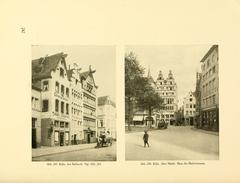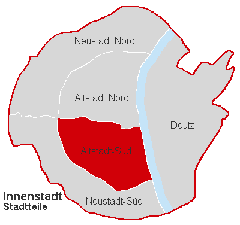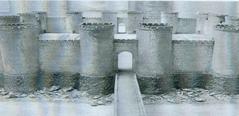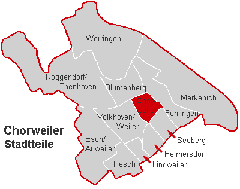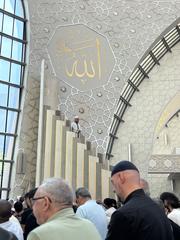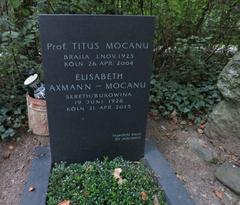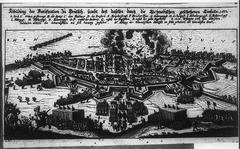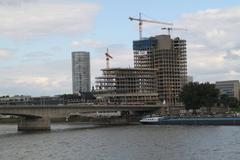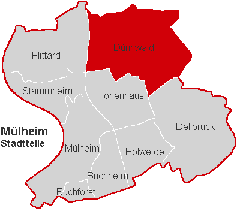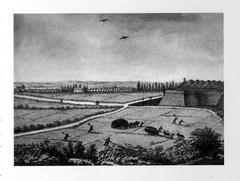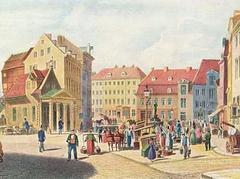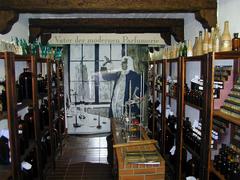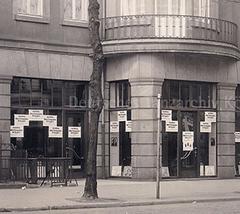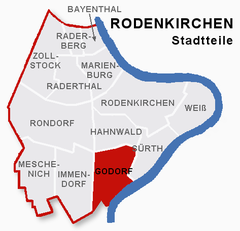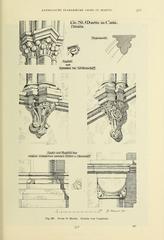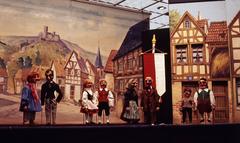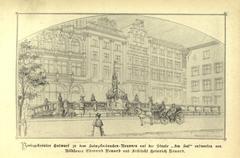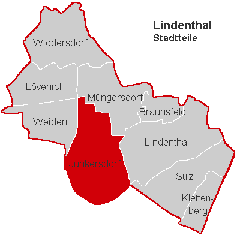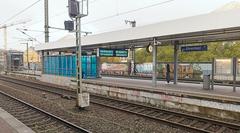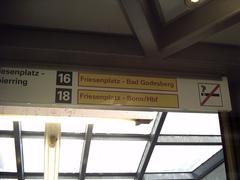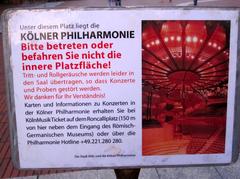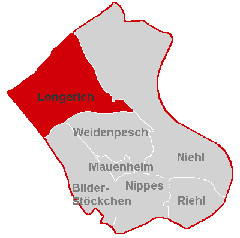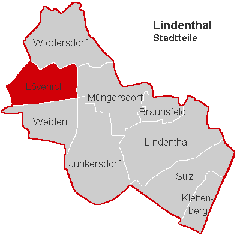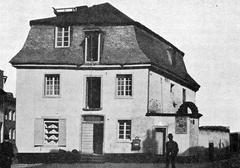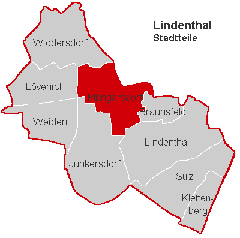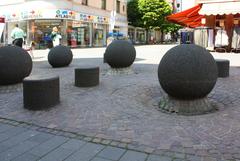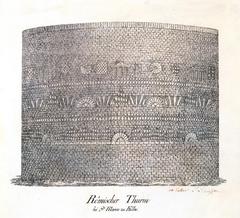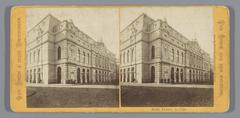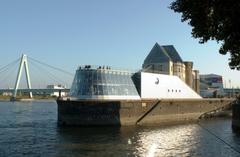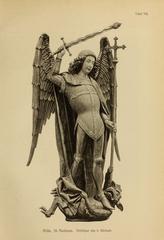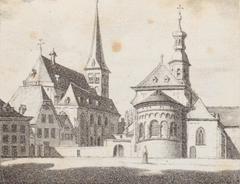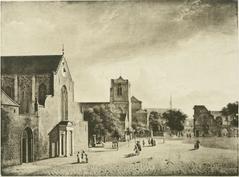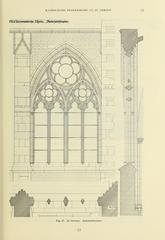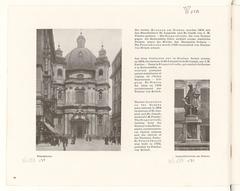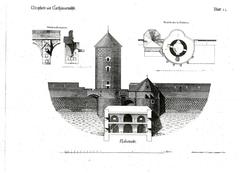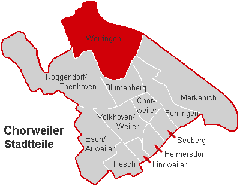Guide to Visiting Severinsbrücke in Cologne
Publication Date: 25/07/2024
Introduction to Severinsbrücke
Severinsbrücke, also known as Severin Bridge, stands as an iconic testament to Cologne’s rich historical and cultural heritage. Spanning the Rhine River, this cable-stayed bridge connects the southern districts of Cologne with the central areas, serving as a vital transportation link in the city. Constructed during the post-World War II reconstruction era, Severinsbrücke symbolizes resilience and innovation, showcasing advanced engineering and architectural design for its time. Designed by the renowned German engineer Fritz Leonhardt, the bridge was completed in 1959, marking a new chapter in Cologne’s urban development. This comprehensive guide will delve into Severinsbrücke’s fascinating history, architectural significance, and provide practical information for visitors, including visiting hours, ticket prices, and travel tips. Whether you’re a history enthusiast, architecture aficionado, or a curious traveler, Severinsbrücke offers a unique glimpse into Cologne’s past and present. (Atlas Obscura, Explorial)
Contents Overview
- Introduction
- History of Severinsbrücke
- Construction and Inauguration
- The Tragic Accident of 1956
- Hidden Graves and Controversy
- Post-War Reconstruction
- Architectural Significance
- Modern-Day Relevance
- Visitor Information
- Opening Hours
- Ticket Prices
- Guided Tours and Special Events
- Travel Tips
- Best Viewing Spots
- Nearby Attractions
- Accessibility
- FAQ
- Conclusion
History of Severinsbrücke
Construction and Inauguration
The construction of Severinsbrücke began in May 1956, a period marked by the need to rebuild infrastructure damaged during World War II. The bridge was completed and inaugurated three years later in 1959. Severinsbrücke is a cable-stayed bridge that spans the Rhine River, connecting the southern districts of Cologne with the central areas. The bridge stands as a testament to post-war German engineering and architecture, featuring a pylon that rises 77 meters (250 feet) tall (Atlas Obscura).
The Tragic Accident of 1956
On the morning of September 21, 1956, a tragic accident occurred during the construction of Severinsbrücke. Workers were operating at the bottom of the Rhine River, protected by a drop shaft. Unfortunately, the drop shaft slid down one side, causing a catastrophic failure that led to the deaths of five men. Their bodies were recovered from the river, but the incident was shrouded in secrecy for many years (Atlas Obscura).
Hidden Graves and Controversy
The official count of the accident’s victims was five, but some reports suggest that the actual number of casualties was higher. It is believed that the bodies of additional victims, mainly illegal workers from Italy and former Yugoslavia, were left behind in the collapsed pylon of the bridge, buried under tons of concrete. This aspect of the bridge’s history remained largely unknown to the public until documentary filmmaker Hermann Rheindorf brought it to light (Atlas Obscura).
Post-War Reconstruction
The necessity to build new bridges across the Rhine River in Cologne was a direct consequence of the extensive damage inflicted during World War II. Severinsbrücke was one of the key projects undertaken to restore the city’s infrastructure. The bridge was named after the nearby parish of St. Severin and has since become an integral part of Cologne’s transportation network, facilitating both vehicular and pedestrian traffic (Pineqone).
Architectural Significance
Severinsbrücke is a notable example of post-war German engineering. The bridge’s design and construction reflect the technological advancements and architectural trends of the 1950s. Its cable-stayed structure was innovative for its time, providing a durable and efficient solution for spanning the wide expanse of the Rhine River. The bridge’s pylon, rising 77 meters tall, is a prominent feature that adds to its architectural significance (Atlas Obscura).
Modern-Day Relevance
Today, Severinsbrücke continues to play a crucial role in Cologne’s infrastructure. It connects the southern districts with the central areas, enhancing the flow of traffic and contributing to the city’s overall connectivity. The bridge is easily accessible and offers a unique vantage point for experiencing Cologne’s contemporary culture. Its proximity to other major attractions, such as the Cologne Cathedral and the Old Town, makes it a convenient stop for visitors exploring the city (Explorial).
Visitor Information
Opening Hours
Severinsbrücke is accessible to visitors at all times, offering a chance to experience a unique piece of Cologne’s history and contemporary culture. Whether you prefer a daytime visit to admire its architectural beauty or an evening stroll to enjoy the illuminated skyline, the bridge is always open.
Ticket Prices
Visiting Severinsbrücke is free of charge. There are no tickets required to access the bridge, making it an accessible and budget-friendly attraction for all visitors.
Guided Tours and Special Events
While there are no specific guided tours dedicated solely to Severinsbrücke, many walking tours of Cologne include the bridge as part of their itinerary. Special events and festivals in Cologne often highlight the bridge, providing unique opportunities to experience it in different contexts.
Travel Tips
- Best Viewing Spots: For the best view of the pylon, cross the ‘Deutz’ port over the bridge at ‘Alfred-Schütte-Allee’ and head to the southern tip of the small peninsula in the Rhine River that protects the port.
- Nearby Attractions: Don’t miss other nearby attractions such as the Cologne Cathedral, the Old Town, and the Chocolate Museum.
- Accessibility: The bridge is accessible to both pedestrians and cyclists, making it easy to include in your travel plans.
FAQ
- What are the visiting hours for Severinsbrücke? Severinsbrücke can be visited at any time of day or night.
- Do I need to buy tickets to visit Severinsbrücke? No, visiting Severinsbrücke is free of charge.
- Are there guided tours available for Severinsbrücke? While there are no specific guided tours for the bridge, many Cologne city tours include it as part of their itinerary.
Conclusion
Severinsbrücke stands as a symbol of resilience and innovation in post-war Germany. Its construction, marked by tragedy and secrecy, reflects the complexities of rebuilding a city devastated by war. Today, the bridge serves as a vital link in Cologne’s transportation network and a reminder of the city’s rich history and architectural heritage. Visitors to Cologne should not miss the opportunity to explore this significant landmark and uncover the stories hidden within its towering pylon.
For more information on visiting Severinsbrücke and other historical sites in Cologne, be sure to check out our related articles and follow us on social media for the latest updates.
Sources and References
- Atlas Obscura. Secret Grave in the Pylon of Severinsbrücke Bridge. Retrieved from Atlas Obscura
- Explorial. 15 Fun Facts About Cologne: Explore the City’s Charm. Retrieved from Explorial
- Pineqone. Attractions: Severinsbrücke. Retrieved from Pineqone
